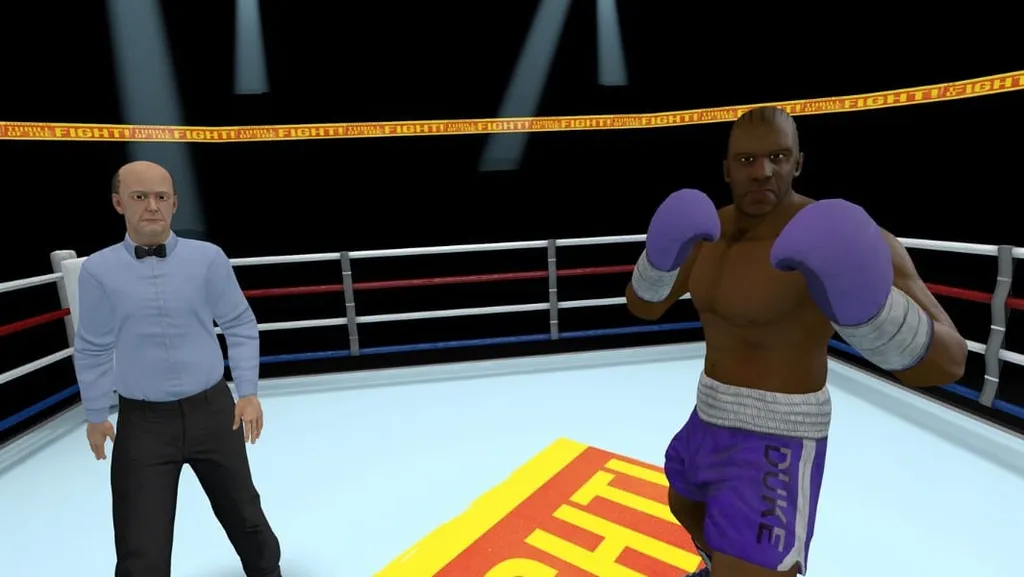Ian Fitz, the independent VR developer behind popular VR boxing simulator, Thrill of the Fight, stated in an email to a Reddit user that even though his game designed to theoretically work well without controllers, it would not be getting support for Quest hand-tracking due to the device’s current limitations.
Thrill of the Fight is a very active and very intense VR game that pits players against AI-controlled opponents in boxing rings. As opposed to games like Creed: Rise to Glory or Knockout League, which are a bit more arcade-style, Thrill of the Fight is more focused on simulation-style gameplay. To that end, it feels more like you’re actually boxing than most others.
Since accuracy is extremely important in a game like this, Quest’s hand tracking wasn’t quite good enough (at this stage) to work for his game, according to Fitz. The full email states:
“TotF [Thrill of the Fight] was intentionally designed to be usable without button presses and so would theoretically work great with hand tracking. I’ve played around with the hand tracking on Quest though, and it doesn’t seem capable enough to handle the gameplay of TotF. The hand tracking only works when it has a good view of your hands in a specific area in front of the headset. It loses track of the hands if they are too close to the headset, too far away, or too far to the sides, so it doesn’t handle blocking or punching well.”
When we reached out to Fitz for further comment, he provided the following statement:
“The Thrill of the Fight really pushes tracking to the limit. Users must alternate between keeping their hands very close to their head for defense and firing out quick punches from and to many directions at high speed. All of this has to happen quickly and accurately with low latency so that the user can sneak punches into openings before their opponent recovers and so that they can rely on their hands to stop incoming punches. It’s very important that the position of in-game gloves are where the player expects and that they can be controlled reliably. Any amount of tracking loss or delay is very noticeable and frustrating to experience during a fight. The Quest itself does a fantastic job of keeping up with this beyond what I initially thought was possible with camera based inside-out tracking, despite the controllers often being just barely within or sometimes even completely outside of the cameras’ fields of view. The new hand tracking doesn’t have as much information to work with as the controller tracking system does, and so it doesn’t handle these extreme (but very common in TotF) cases as well. Everyone has access to the experimental hand tracking option now in the Settings menu and can try shadowboxing to see how well it works in that scenario. The hands tend to disappear when the fists are held very close to the head or while punching aggressively and the latency is a little too high for reliably punching and defending quickly. It’s a very cool feature that I imagine will be put to great use in a lot of games, but TotF is really a worst cast scenario for it.”
Based on that logic, it makes sense why the most practical use cases for hand-tracking on Quest right now revolve around menu and UI navigation and very light interactions rather than actively punching and moving around a lot. Maybe in a future iteration of the Quest when cameras have a wider tracking volume and can keep up with fast hand speeds things will be different.
Which games do you most want to play with hand-tracking on Quest? Let us know down in the comments below!
Update: We added a comment Fitz sent to us directly to the story.


























